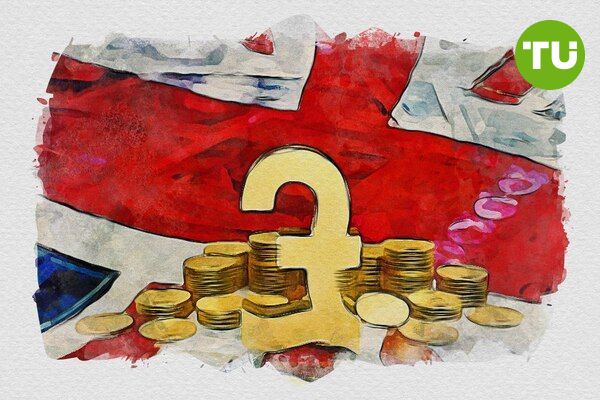Pound sterling price remains stable despite BoE rate cut speculation
 GBP/USD stabilizes as markets digest BoE’s policy stance and U.S. trade measures
GBP/USD stabilizes as markets digest BoE’s policy stance and U.S. trade measures
The Pound sterling (GBP) strengthened against its major peers on Wednesday, even as Bank of England (BoE) policymaker Swati Dhingra suggested that more than four interest rate cuts could be necessary this year. Despite this dovish stance, investors appear to have already factored in two rate cuts, supporting GBP’s resilience.
Dhingra emphasized ongoing weakness in UK consumption and reiterated that the BoE’s monetary policy remains excessively restrictive. She stated that even with 25-basis-point (bps) cuts per quarter, policy could still be too tight by year-end. This suggests a faster easing cycle than the market’s current pricing of two rate cuts. Earlier this month, the BoE reduced its key rate by 25 bps to 4.5% and halved its UK GDP growth forecast for 2025 to 0.75%.
GBP/USD price dynamics (January 2025 - February 2025) Source: TradingView.
Trump’s tariff plans and market impact
Despite GBP’s gains, potential headwinds persist. U.S. President Donald Trump reaffirmed that 25% tariffs on all imports from Canada and Mexico will proceed, alongside existing 10% tariffs on China. Concerns over new levies on foreign cars, semiconductors, pharmaceuticals, and steel add to global trade uncertainty, which could impact UK exports.
Meanwhile, U.S. bond yields rebounded, with 10-year Treasury yields climbing to 4.33%, lifting the U.S. dollar Index (DXY) after it dipped to an 11-week low of 106.10. The House of Representatives approved a $4.5 trillion tax cut plan, which could fuel inflation and force the Federal Reserve (Fed) to maintain high interest rates longer.
Technical outlook and upcoming data
GBP/USD traded around 1.2640, facing resistance at the 200-day Exponential Moving Average (EMA) near 1.2680. The 38.2% Fibonacci retracement level at 1.2620 provides near-term support, with further downside risk towards 1.2333 if selling pressure mounts.Investors will closely watch the U.S. Personal Consumption Expenditures (PCE) index on Friday, as it will heavily influence the Fed’s monetary policy outlook.
As previously discussed, pound sterling has remained volatile amid conflicting policy expectations from the BoE and Fed. While UK inflation and wage growth suggest gradual BoE easing, U.S. trade policies and fiscal measures continue to drive USD strength.













































































































































